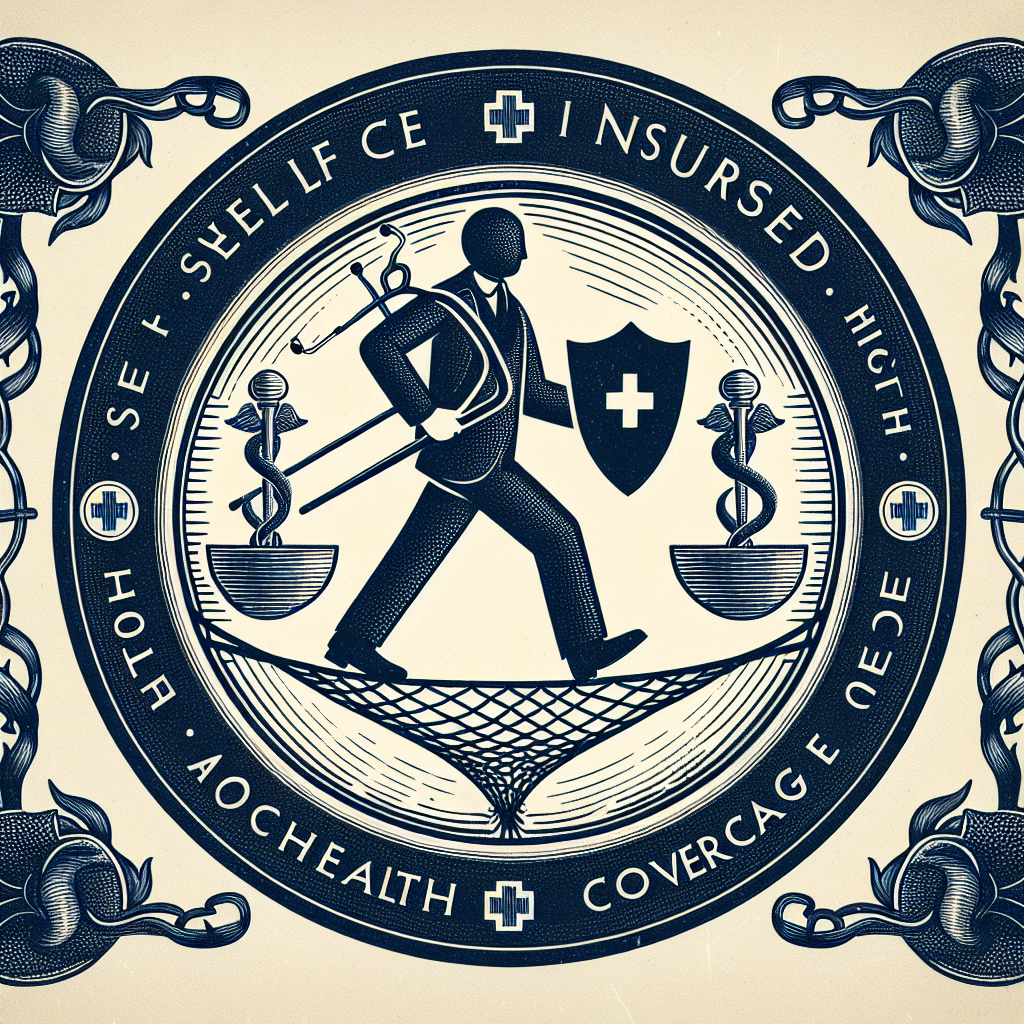Filed under Home Insurance on
Understanding Home Insurance Policy Coverage Essentials

Home insurance is a crucial investment for homeowners, providing financial protection against unforeseen events that might cause damage or loss. Understanding home insurance policy coverage essentials is vital to ensure that you’re adequately protected and making informed decisions. In this guide, we'll explore the key elements of home insurance coverage, offering insights into how policies work, what they cover, and tips for choosing the right plan for your needs.
What is Home Insurance?
Home insurance, also known as homeowners insurance, is a type of property insurance that covers losses and damages to an individual's house and assets within the home. A standard home insurance policy typically covers the interior and exterior of a house, personal property, and liability for accidents that occur on the property.
The Core Coverage Areas
Understanding home insurance policy coverage essentials begins with recognizing the core areas covered by most policies:
- Dwelling Protection: Covers the physical structure of the home, including the walls, roof, and built-in appliances. In the event of damage due to events like fires or storms, this coverage helps pay for repairs or rebuilding.
- Other Structures: This part of the policy covers detached structures such as garages, sheds, or fences, providing financial support if they are damaged by a covered peril.
- Personal Property: Protects personal belongings inside the home, such as furniture, electronics, and clothing, against theft or damage. It's essential to document these items to ensure accurate coverage.
- Liability Protection: Offers coverage if someone is injured on your property and decides to sue. It includes legal expenses and medical payments for the injured party.
- Additional Living Expenses (ALE): Helps cover temporary living costs if your home becomes uninhabitable due to a covered event.
Common Perils Covered by Home Insurance
Home insurance policies offer protection against various risks, known as perils. Here are some common perils typically covered:
- Fire and Smoke
- Windstorms and Hail
- Lightning Strikes
- Theft and Vandalism
- Water Damage (from plumbing or appliance issues)
While these are common, it's crucial to read your specific policy to understand what is covered, as some events like floods or earthquakes often require separate policies.
Understanding Policy Limits and Deductibles
Every home insurance policy has limits and deductibles that can affect your coverage and out-of-pocket costs. Here’s what you need to know:
Policy Limits
Limits are the maximum amounts your insurance will pay for covered losses. It's essential to choose limits that reflect the cost of rebuilding your home and replacing belongings. Consider factors like current construction costs and high-value assets when determining adequate limits.
Deductibles
The deductible is the amount you pay out of pocket before your insurance kicks in. Higher deductibles generally mean lower premiums, but be sure you can afford the deductible if you need to file a claim.
Tips for Choosing the Right Home Insurance Policy
Choosing the right insurance policy requires careful consideration of various factors. Here are some tips to guide your decision:
- Assess Your Needs: Evaluate the value of your home and belongings to determine appropriate coverage levels.
- Shop Around: Get quotes from multiple insurers to compare prices and coverage options. Loyalty to one company may not always be the best financial decision.
- Check Company Reputation: Research insurers’ customer service reputation, claim handling, and financial strength to ensure reliability.
- Understand Exclusions: Be clear about what is not covered to avoid surprises during claim filing. Consider additional policies if needed, such as flood or earthquake insurance.
- Discount Opportunities: Inquire about discounts for safety features, bundling policies, or loyalty to optimize savings.
The Role of Riders and Endorsements
Your basic policy might not cover everything you need. Riders or endorsements offer additional protection:
- Valuable Personal Property: Extra coverage for high-value items like jewelry or art that exceed policy limits.
- Home Office Add-on: If you work from home, this rider offers extra coverage for business-related equipment and liabilities.
- Sewer Backup Coverage: Protects against potential damage from sewer or drain backups.
Industry Trends and Expert Insights
The insurance industry constantly evolves, influenced by economic conditions, climate change, and regulatory changes. Here are some current trends:
Sustainability and Green Rebuilding Options
With increasing climate concerns, many insurers now offer endorsements or incentives for rebuilding homes sustainably after a covered loss.
Technology Integration
Insurtech is reshaping the industry with innovations like AI-driven claim processing and smart home integrations that could lower premiums or enhance coverage.
Customized Policies
There is a growing demand for personalized policies that align more closely with individual lifestyle and risk preferences, allowing for more tailored coverage options.
The Importance of Regular Policy Reviews
Regular reviews of your home insurance policy ensure that it remains aligned with your current needs. Major life changes, renovations, or acquiring high-value assets may necessitate adjustments in your policy limits or coverage types.
Conclusion
Understanding home insurance policy coverage essentials empowers you to make informed choices that provide peace of mind and financial security. By carefully evaluating your needs, exploring available options, and choosing the right policy, you can safeguard your home and possessions effectively. Regularly update your knowledge of industry trends and maintain open communication with your insurer to ensure optimal protection.




